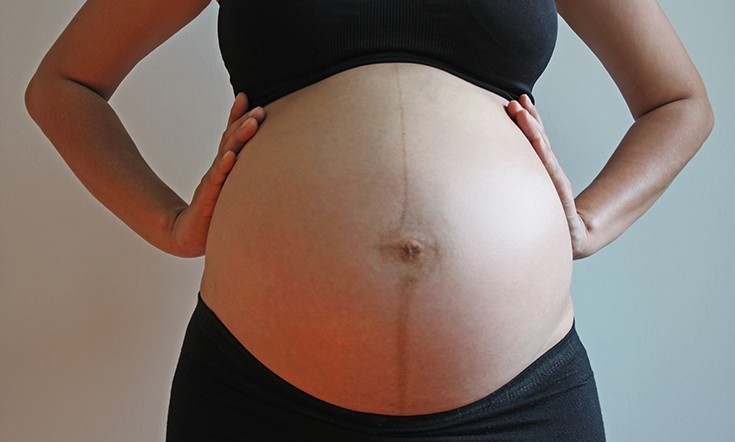

Diastasis of the Rectus Abdominus Muscle
Chances are you’ve never heard this term before, yet two out of three women will experience it as a result of pregnancy.
DRAM refers to the separation of the Rectus Abdominis muscle, which is the long muscle located in the middle of your tummy.
According to women’s health physiotherapist Shira Kramer, DRAM is caused by a combination of abdominal weakness, hormonal changes, weight gain, and the stretching of your abdominal wall to accommodate your growing baby.
Women who suffer from abdominal separation, are more likely to experience back-ache, hernias, pelvic girdle pain and pelvic floor dysfunction so Shira says it’s essential to try and repair these muscles after pregnancy.
So how can you tell if your muscles have split?
“You may see a visible bulge through the centre of your abdominal particularly when getting out of bed or coughing sneezing or laughing,” says Shira.
For an accurate diagnosis you should visit a women’s health physio, but you can try the following exercise to determine whether or not your muscles have split.
- Lie on the ground with your knees bent and your feet on the floor
- Place a few fingers in your midline above and below the belly button.
- curl forward by lifting your head and shoulders off the ground
A DRAM is present if:
- There is a gap between the muscles over 2 finger widths.
- There is a visible bulging in the midline
Closing the gap
Like many pregnancy related conditions which can be rectified or improved with time and care, DRAM is generally no different.
“A combination of appropriate compression garments and specific exercises can assist in closing the gap.
“The deep abdominal muscles act as a corset to support your back and abdominal organs so keeping them strong is crucial.”
These muscles can be targeted with specific exercises.
Don’t be tempted to jump straight back into your usual abdominal exercises, as many of these can make the situation worse rather than better.
Shira recommends avoiding the following exercises in the weeks following your baby’s birth:
- Most traditional abdominal exercises such as abdominal curls, oblique curls and planks
- Twisting motions such as medicine ball rotations
- High impact exercises such as jumping, skipping and running
- Getting out of bed by curling forward, instead, roll onto your side and push yourself up.
In most cases with appropriate compression and rehabilitation exercises the separation resolves, says Shira, but if the connective tissue in the centre is severely stretched or torn it may take longer or require surgical intervention.
“An abdominal separation can also effect the functioning of the pelvic floor so it there are any symptoms of issues bladder or bowel control seek help.”
Tips for long term abdominal care
- Take care with your exercise routine
- Ensure a healthy posture
- Exercise your deep abdominal and pelvic floor muscles first
- Healthy eating and sufficient fibre to manage/prevent constipation (which leads to straining)
- Set your core muscles any time you lift your baby/capsule/washing etc
- Get out of bed by rolling onto your side first and setting your core as you push up through your elbow to get up























